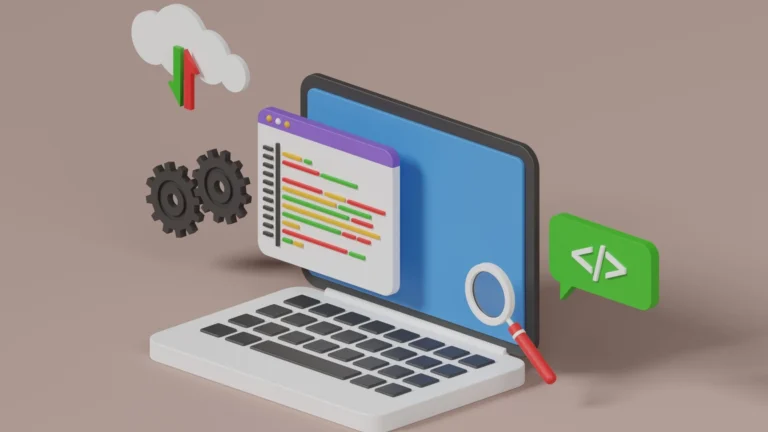How is Python Used in Finance?

Introduction to Python in Finance
In today’s fast-paced financial world, technology isn’t just an option—it’s a necessity. Among the myriad tools at a finance professional’s disposal, Python has emerged as a standout language. With its user-friendly syntax and powerful capabilities, Python is transforming how financial analysis, modeling, and automation are conducted.
For CA students and finance professionals in India, mastering Python isn’t just about keeping up; it’s about staying ahead. As global financial systems embrace digital transformation, understanding Python’s role in finance is a valuable asset.
Read more: Explore how AI is transforming financial services in India on CA Monk’s AI in Finance section.
Why Python is Gaining Traction in Finance
Simplicity and Readability
Unlike other programming languages, Python’s clear and intuitive syntax makes it approachable for non-programmers. Finance professionals can quickly learn to write scripts for data analysis, reporting, and more, without needing a computer science background.
Extensive Financial Libraries
Python boasts a rich ecosystem of libraries specifically tailored for financial tasks. Tools like Pandas for data manipulation, NumPy for numerical analysis, and QuantLib for quantitative finance give professionals a head start in complex financial modeling.
Community Support and Continuous Development
Python’s vibrant community ensures continuous updates, best practices, and solutions to common challenges. This collaborative environment is invaluable for finance professionals looking to innovate or troubleshoot in real time.
Key Applications of Python in Finance
Financial Data Analysis and Modeling
Python simplifies data analysis, enabling professionals to handle massive datasets with ease. Pandas and NumPy help build predictive financial models, forecast market trends, and interpret financial statements—skills crucial for CA students and analysts alike.
Algorithmic and Quantitative Trading
Python empowers traders to develop and test trading strategies using historical data. By leveraging Python’s libraries and APIs, quants can backtest strategies, optimize algorithms, and even automate trades, reducing manual intervention and enhancing accuracy.
Risk Management and Compliance
Effective risk management is critical in today’s volatile financial markets. Python supports Value at Risk (VaR) modeling, stress testing, and scenario analysis, allowing finance teams to identify and mitigate risks proactively.
Automation of Financial Processes
Repetitive tasks like report generation, reconciliations, and data entry can consume valuable time. Python automates these workflows, ensuring accuracy and freeing up professionals to focus on strategic decision-making. This is particularly relevant for accounting practitioners and auditors.
FinTech Innovations
India’s FinTech landscape is booming, and Python plays a pivotal role. From developing digital wallets and payment gateways to integrating APIs for real-time financial data, Python powers innovative solutions that reshape customer experiences.
Python Tools and Libraries for Finance
Here’s a quick overview of essential Python tools for finance professionals:
- Pandas: For data manipulation and analysis.
- NumPy: For numerical computations.
- Matplotlib: For data visualization and charting.
- scikit-learn: For machine learning applications like credit risk scoring.
- QuantLib: For advanced quantitative finance modeling.
These libraries empower finance professionals to build scalable models, visualize data, and apply machine learning to financial analysis.
Python in the Indian Financial Landscape
Indian banks, NBFCs, and FinTech startups are increasingly adopting Python for its versatility and cost-effectiveness. Major financial institutions are leveraging Python for tasks ranging from credit scoring to fraud detection and real-time payment processing.
Case Study: A leading Indian NBFC recently implemented Python-based automation for its loan underwriting process, reducing approval times from days to hours while enhancing accuracy.
Conclusion
Python is reshaping finance by making complex tasks simpler, faster, and more reliable. From financial modeling and risk management to automation and FinTech innovation, Python’s applications are vast and impactful. For CA students and finance professionals in India, embracing Python is not just a skill upgrade—it’s a strategic move towards future-readiness.